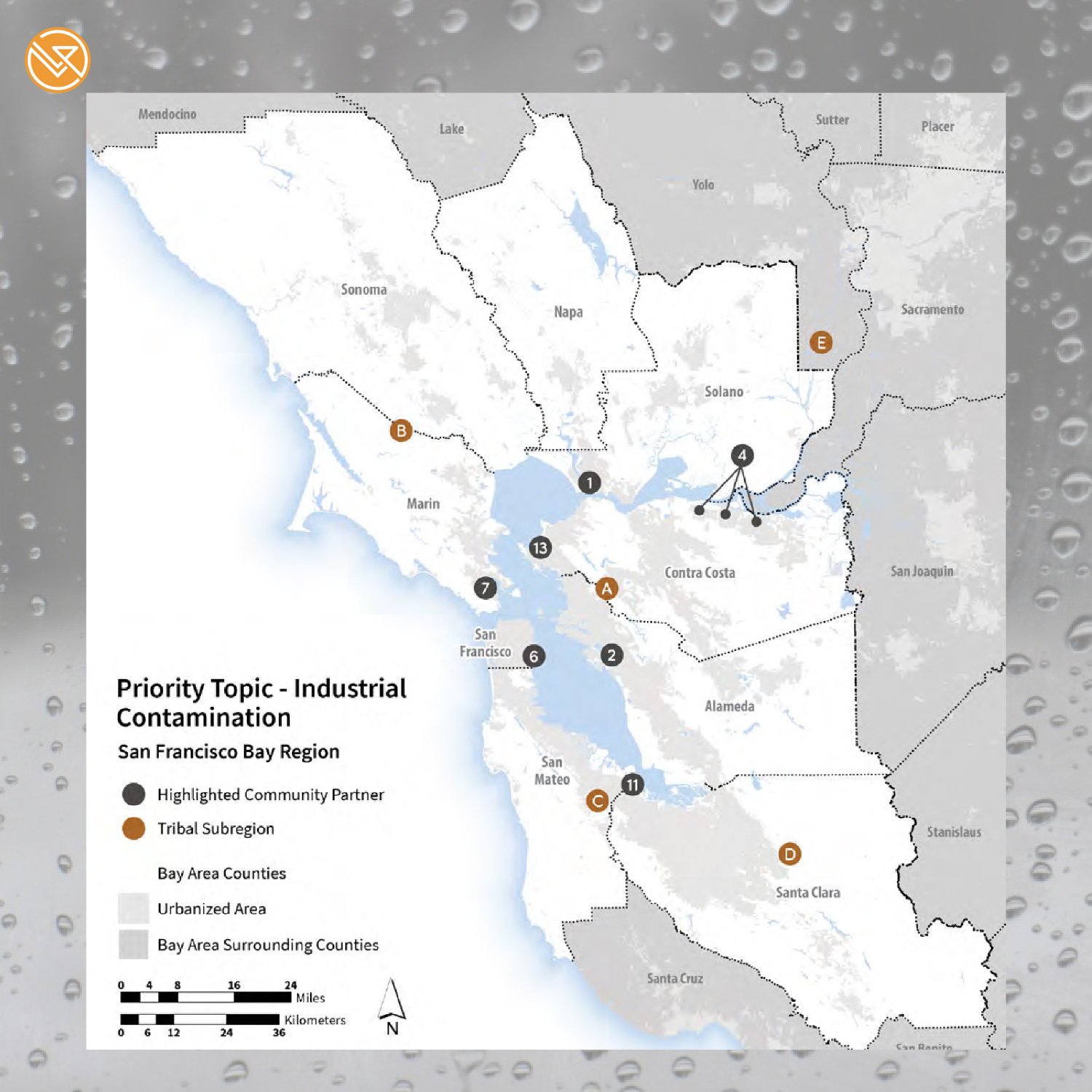A Regional Water Needs Assessment report, led by the Disadvantaged Community and Tribal Involvement (DACTI) Program and funded by the Integrated Regional Water Management Program's (IRWM’s) Proposition 1, was released in September 2022. The report is the culmination of four years of research and findings from 13 individual needs assessment processes that were conducted between 2017 and 2021 by community-based partners—from a Tribal needs assessment process administered by five Tribal Outreach Partners and from the peer-to-peer needs assessment—to understand how people experiencing homelessness or poverty are accessing water for drinking, sanitation, and hygiene. Lotus’ Community-Involvement Planner, Maddie Duda, was the lead author and community liaison for the report.
The needs assessments revealed how strikingly similar priorities for water management are across the participating Disadvantaged Communities and Tribes. Many communities shared:
a distrust for tap water quality and safety
concerns about flooding related to storm surges, sea level rise, and groundwater rise
concerns about lack of access to green space and nature — including creeks, rivers, and the ocean — for recreation.
The report’s Regional Connections section summarizes these priorities, best practices for making grant programs more equitable and accessible to Disadvantaged Community groups and Tribes, and other overall recommendations from the San Francisco Bay Area IRWM Region DACTI Program.
This report is the product of the collective work of many partners that was spearheaded by DACTI with a goal of amplifying the voices of DACTI groups and people experiencing homelessness, and incorporating their needs into the planning process. Ultimately, the report serves to keep the San Francisco Bay Area region accountable to achieving the California Right to Water law enacted in 2012 that guarantees that “every human being has a right to safe, clean, affordable, and accessible water adequate for human consumption, cooking, and sanitary purposes.”








